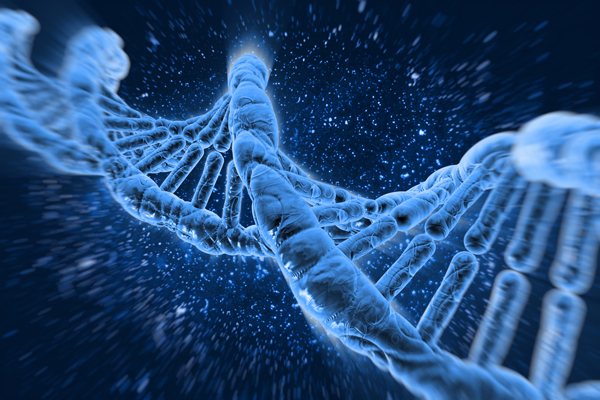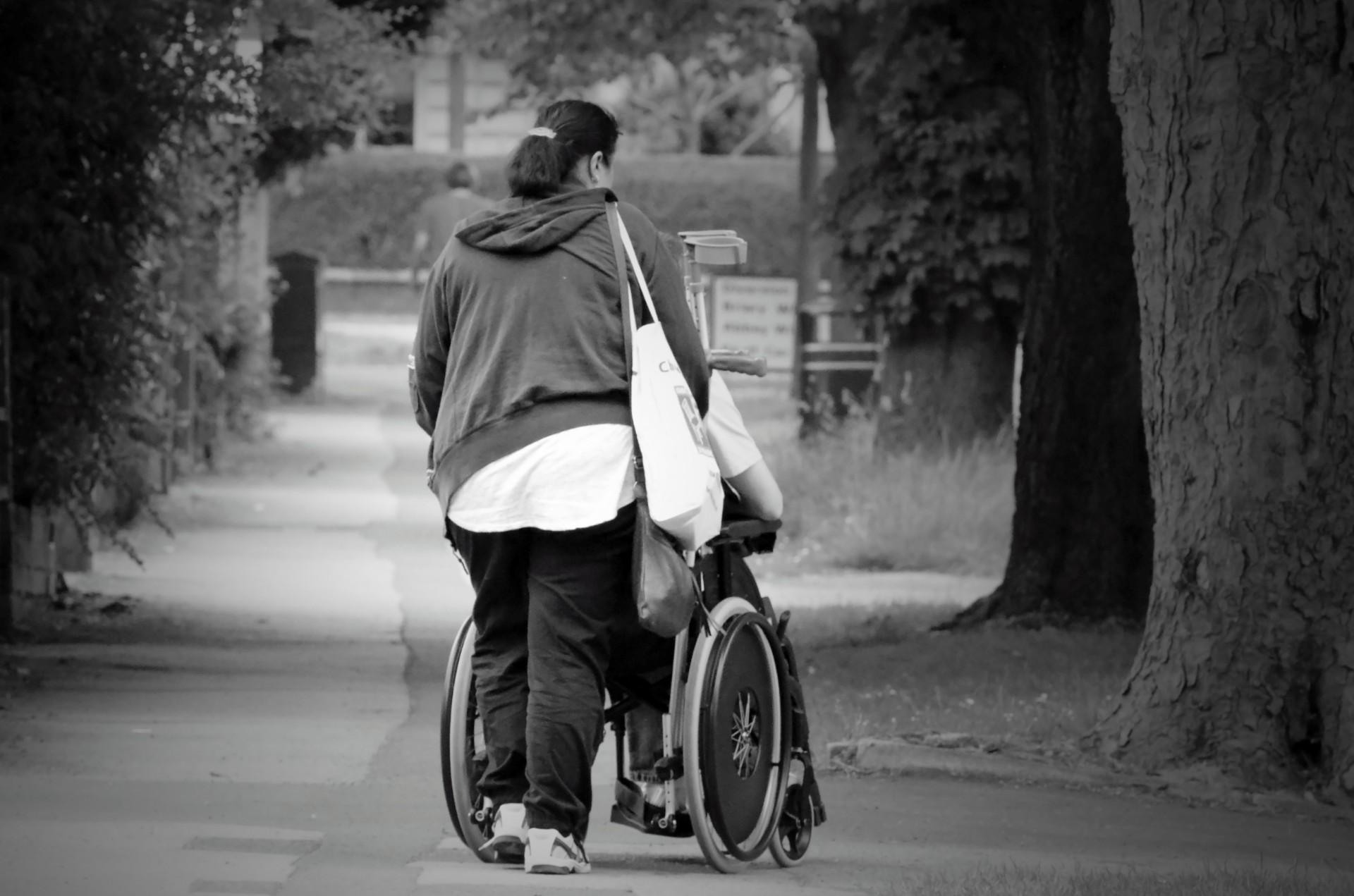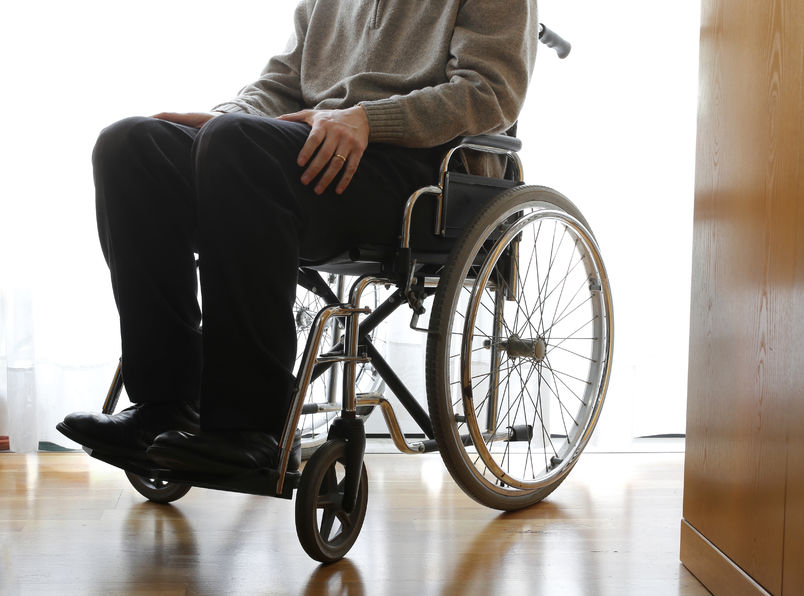Using the CRISPR/Cas9 gene editing technology, researchers at the University of Texas Southwestern Medical Center have corrected multiple mutations responsible for the rare disease Duchenne muscular dystrophy (DMD). According to their study published in the journal Science Advances, when the clusters of mutations in the dystrophin gene were corrected using CRISPR, this led to improved functioning of the human stem cell-derived muscle cells.
DMD is a degenerative disorder which affects muscle cells throughout the body – including the heart – leading to progressive muscle weakness. According to the researchers, up to 60 percent of DMD patients could benefit from improved muscle function by using this CRISPR technique.
As a rare genetic disease which affects about one in ever 5,000 males, DMD can be difficult to study and develop effective therapies for. Many thousands of genetic mutations on the X-linked dystrophin gene – such as point mutations, deletions and duplications – have been identified in patients diagnosed with DMD.
This genetic complexity has only added to the challenges in developing a treatment for DMD. Some in the field have even been skeptical that CRISPR gene editing could ever be used to correct a large number of disperse mutations in patients with DMD.
However, previous research has identified clusters of mutations in the dystrophin gene – dubbed “hot spots” – which appear to be responsible for the symptoms of DMD. With this in mind, Chengzu Long, of the Department of Molecular Biology, at UT Southwestern and co-primary author of the current study, developed a method to correct a number of different mutations in these clusters, in a process they call “myoediting.”
Along with Dr. Eric Olsen and other colleagues at UT Southwestern, Long used single-guide RNAs and the CRISPR/Cas9 gene editing tool to correct mutations in heart muscle cells generated from induced pluripotent stem cells collected from multiple patients with different DMD-causing mutations. The researchers were able to restore expression of the dystrophin protein in the cardiac muscle cells, improving their ability to perform the roles of muscle tissue.
Since CRISPR is still an experimental technique, Long and his colleagues say more in vitro studies will need to be performed before it’s deemed safe for use in human patients. In particular, the researchers are concerned about the potential for off-target effects with CRISPR gene editing.
The team at UT Southwestern has previously seen success using a modified CRISPR system to edit the dystrophin gene. While there are currently two therapies approved by the FDA to treat DMD, one of them, Exondis 51, is only indicated for patients with a specific mutation in the dystrophin gene, and the other, Emflaza, is a corticosteroid drug which only slows the progression of DMD.











Join or login to leave a comment
JOIN LOGIN